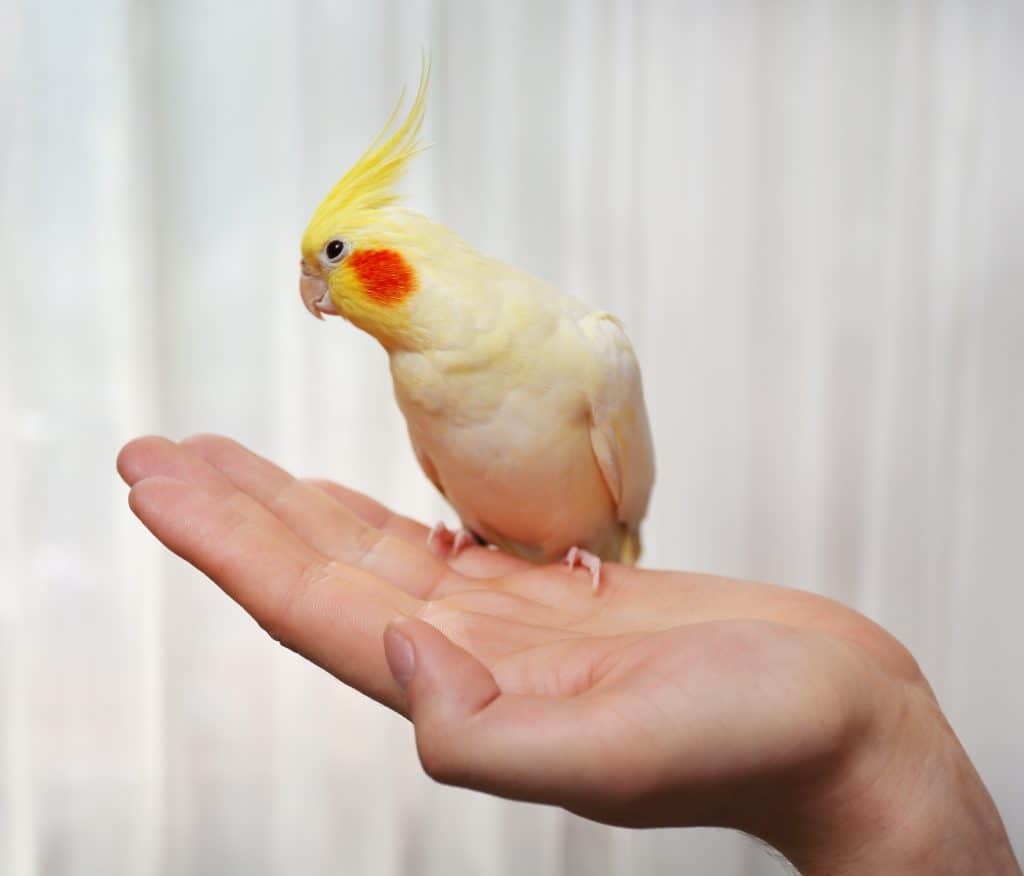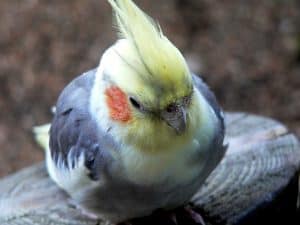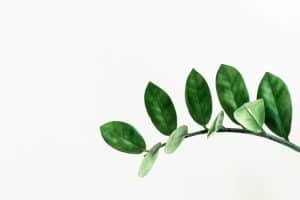How long does it take for clipped wings to grow back? The healing process for clipped wings can take anywhere from a few weeks to a couple of months. The growth rate of the wing feathers will depend on the bird’s age, health, and nutritional status. Most birds will start to regrow their clipped wing feathers within the first few days after the clipping.

How Long Does It Take for Clipped Wings to Grow Back?
How long does it take for clipped wings to grow back? A bird’s wings and tail feathers will eventually grow back after being clipped, but it is crucial to understand that the process takes 6 to 18 months. Make sure you consider your decision carefully before taking action.
The age of your bird should be taken into account before you decide to cut its wings. Young birds learn to fly as soon as they leave their nest box or “fledge” after being hand-raised. The bird matures confidence, independence, and depth perception while taking numerous daring leaps into the unknown as a first-time flier during this time! We feel that this is an important period for muscular, cognitive, and psychological growth.
We see far too many birds who have never had the chance to learn to fly. They visit our clinics with behavioural, physical, or psychological problems that can be attributed to their incomplete juvenile development.
One of the greatest pleasures of bird ownership is allowing your pet to fly, escape an unpleasant or dangerous scenario, and strengthen its flight muscles and bones. Birds may co-exist happily in a family with their flight feathers intact if trained correctly and taken proper measures are observed.
Not only does recall training promote a strong relationship between a bird and its owner, but it also provides the necessary exercise to prevent obesity often caused by living in cages. This type of activity builds lean muscle mass rather than allowing birds to store fat.
If you’ve thought about clipped flight feathers and believe your bird should have its wings clipped for his or her safety or to avoid damaging blood feathers on bird’s wing, having a skilled and experienced professional do the job is critical. The number one reason of traumatic injuries and feather destructive behavior or self-mutilation that we see in our clinics is bad wing clipping. There can be no doubt that an inadequate wing clip is far worse than no wing clip at all.
How Long Does It Take for Clipped Wings to Grow Back: How Long Does Clipped Wings Last
The length of time that clipped wings last will depend on the bird’s age, health, and nutritional status. Parrot wings grow, parakeets wings or most birds will regrow their new feathers within a few weeks to a couple of months. The growth rate of the feathers will depend on the bird’s age, health, and nutritional status.
The frequency with which a bird’s wings need to be clipped after molting begins depends on the individual bird but is typically every 1-3 months. In some cases, a bird’s wings may need to be clipped more or less often.
How Long Does It Take for Clipped Wings to Grow Back: How to Clip Wings

There are many different ways to clip a bird’s wings. The most common method is to use scissors or clippers to remove the feathers on the outermost part of the wing, called the primaries. The amount of feathers that are clipped will determine how much the bird’s flight is affected.
Another method is to use a cape or jacket to restrain the bird while someone else clips its wings. This method is often used for larger birds that are difficult to hold still.
Some people choose to shave the feathers on the outer part of the wing instead of clipping them. This leaves a smooth area that makes it more difficult for the bird to get lift when it tries to fly.
Clipping a bird’s wings is not a do-it-yourself project. It is important to have someone who is experienced in clipping wings do it for you. This will help ensure that the bird’s wings are clipped properly and that the bird does not get injured.
How Long Does It Take for Clipped Wings to Grow Back: What Happens if My Bird’s Wings Grow Back
How long does it take for clipped wings to grow back? If your bird’s wings grow back, you will need to have them clipped again. The amount of feathers that are clipped will determine how much the bird’s flight is affected.
It is important to note that not all birds can have their wings clipped. Birds that are molting or have health problems should not have their wings clipped. Clipping a bird’s wings is a personal decision and you should consult with your veterinarian before making a decision.
Clipping a bird’s wings is not a guarantee that the bird will not be able to fly. Even with clipped wings, some birds are still able to fly short distances or glide to the ground. The amount of feathers that are clipped and the bird’s weight will determine how much the bird is able to fly.
Birds that are allowed to fly will exercise their muscles and bones, which is important for their health. Birds that are not allowed to fly may become obese, which can lead to health problems.
If you have decided to clip your bird’s wings, it is important to have someone who is experienced in clipping wings do it for you. This will help ensure that the bird’s wings are clipped properly and that the bird does not get injured.




